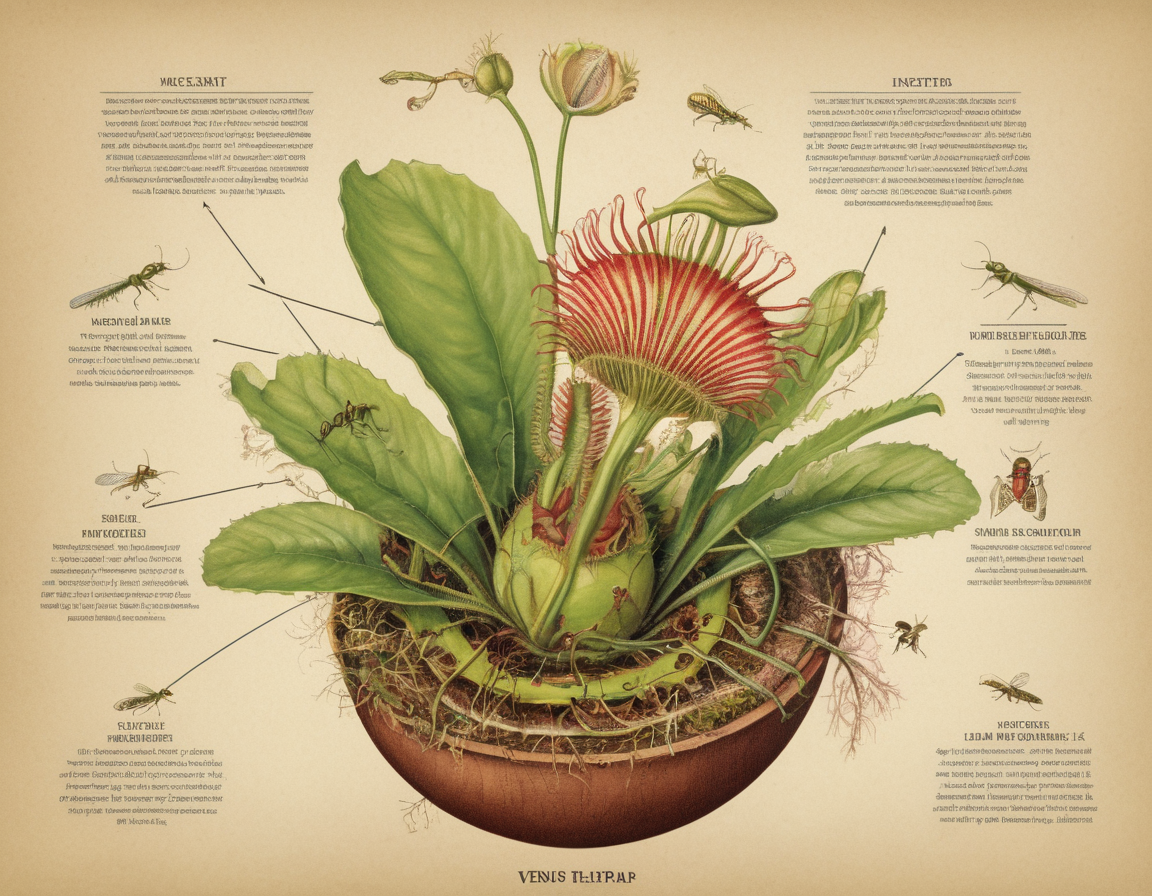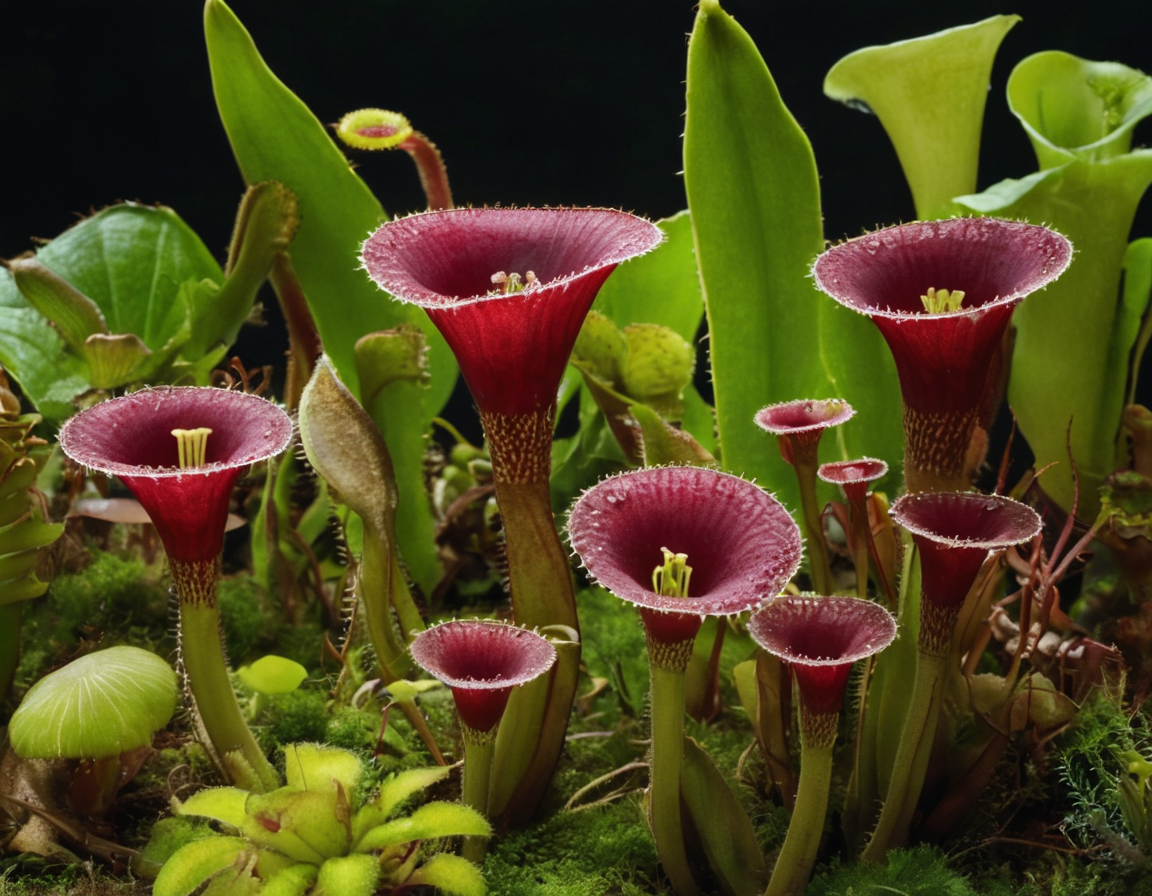The Intriguing World of Carnivorous Plants: A Journey into the Venus Flytrap’s Domain
Unveiling the Mysteries of Carnivorous Plants: The Venus Flytrap
Have you ever been captivated by the idea of plants that can ‘eat’ insects? Today, we delve into the fascinating world of one such species, the iconic Venus Flytrap (Dionaea muscipula), a marvel of nature that has intrigued scientists and enthusiasts alike.

Understanding the Venus Flytrap
Native to subtropical wetlands on the East Coast of the United States, the Venus flytrap is a small plant with a big reputation. It has evolved unique leaf structures that form a snapping trap, which it uses to capture and digest insects and arachnids. This adaptation allows it to thrive in nutrient-poor soil, demonstrating an astonishing solution to survival.
When prey brushes against tiny hair-like structures inside the plant’s trap, a rapid response is triggered, snapping the trap shut in a fraction of a second. The trapped insect is then digested over a period of 5 to 12 days, after which the trap reopens to reveal only the indigestible parts of its prey.
The Cultural Impact of the Venus Flytrap
Not only is the Venus flytrap a subject of scientific study, but it also has a firm place in popular culture. It inspired the classic character ‘Audrey II’ in the film and musical ‘Little Shop of Horrors,’ and it features in video games, literature, and as a popular houseplant.

Conservation Concerns
Despite its popularity, the Venus flytrap faces serious threats from habitat destruction and poaching. Its natural range has been dramatically reduced, prompting conservationists to call for stronger protections. Cultivation by hobbyists and researchers can help relieve pressure on wild populations, and understanding its habitat requirements is vital for effective conservation strategies.
By spreading awareness and appreciation for this magnificent species, along with supporting habitat preservation efforts, we can ensure that the Venus flytrap continues to thrive in its native environment.
Discovering More
The Venus flytrap is but one example of the perplexing world of carnivorous plants, a group that includes other species such as pitcher plants and sundews. Each has developed its distinct mechanisms to lure, trap, and digest its prey. Explore further to uncover the diverse adaptations that these remarkable plants have evolved.
As we emerge from this glimpse into the Venus Flytrap’s domain, let us reflect on the complexity and beauty of nature, and how much remains to be discovered. For those keen to learn more, a wealth of resources awaits your curiosity – let your journey begin!
Conclusion
In summary, the Venus Flytrap is a wondrous plant with sophisticated mechanisms to survive in challenging environments. Its unique characteristics not only stimulate scientific inquiry but also capture the imagination of people across the globe. As we explore such natural wonders, we are reminded of our responsibility to preserve them for future generations.

Interested in gardening or nature? Consider cultivating your own Venus Flytrap, joining a conservation group, or simply sharing the story of this extraordinary plant with friends and family. Every action helps to conserve and celebrate the fascinating diversity of life on Earth.
If you’ve enjoyed this foray into the world of carnivorous plants, stay tuned for more articles that peek into the curiosities of our natural world!






